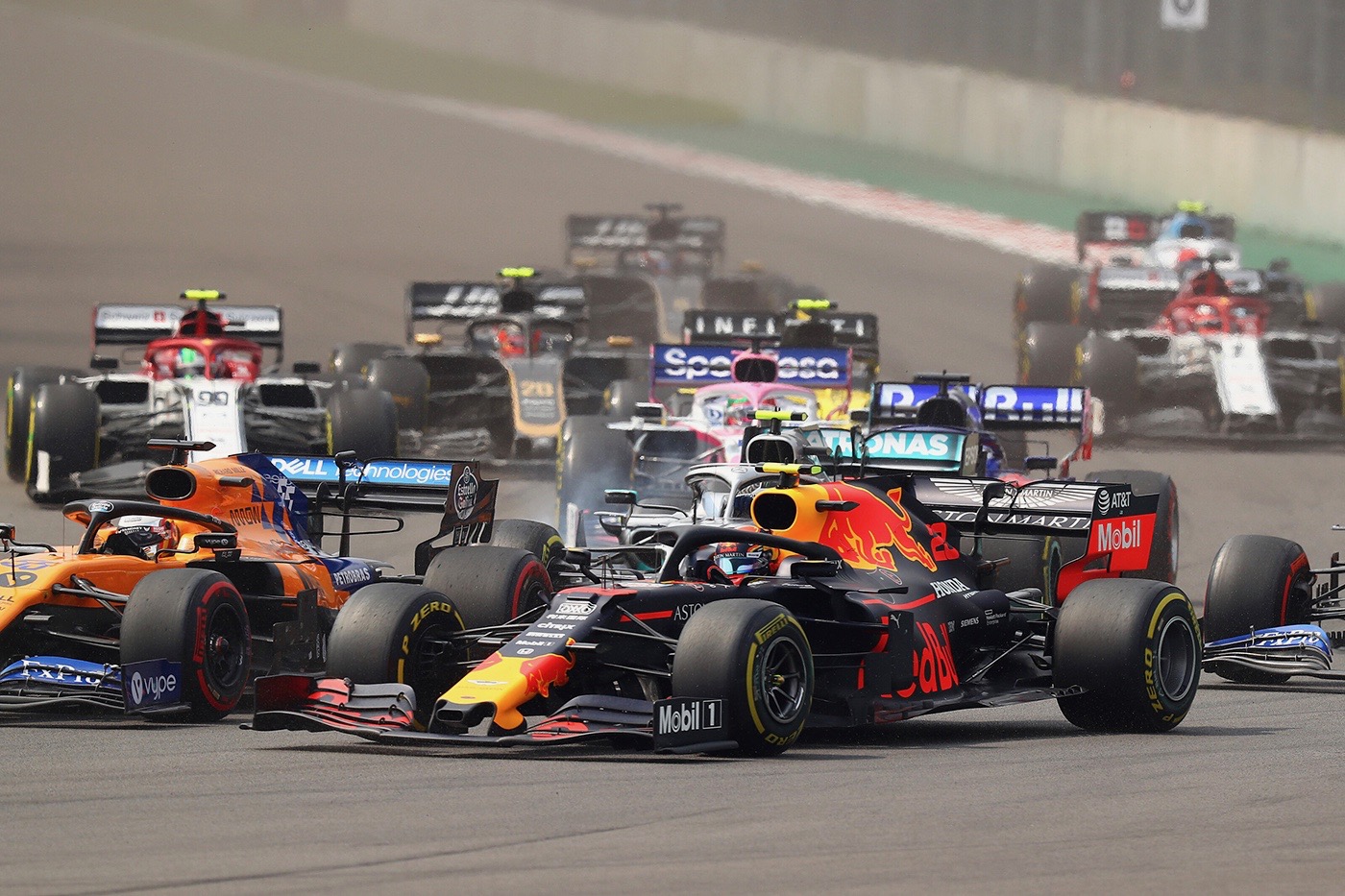
Formula One is giving its rules a major overhaul for 2021. In addition to cool new cars, the rule changes are meant to address a major current issue with the race series: The massive gap in performance between the richest teams and the poorest. Cost caps for 2021 are meant to level the playing field, but so far all they’ve done is encourage teams to spend even more, reports Motorsport.com.
Teams are gearing up to spend more in 2020 ahead of the institution of cost caps for the 2021 season. Red Bull Racing boss Christian Horner told Motorsport.com that he expects 2020 to be the team’s most expensive year in F1. Why? Because Red Bull will be doing as much development work as possible before the cost caps come into effect. Some of areas of development — such as wind tunnel testing — will be restricted, but Horner said Red Bull is probing the regulations for loopholes.
F1 will never be cheap, but cost caps were designed to give teams with less money a fighting chance. The top three teams — Mercedes, Ferrari, and Red Bull — currently have a stranglehold on F1 because they can spend more money developing their cars. This means those three teams are effectively guaranteed to win every race (a team other than Mercedes, Ferrari, or Red Bull hasn’t won a race since 2013), which nets them more prize money and sponsorship opportunities, creating a vicious cycle.
Beginning in 2021, team budgets will be capped at $175 million per year for any spending related to the performance of the car. Teams can still spend unlimited amounts of money on everything else, including marketing and driver salaries. Wealthier teams will still be able to flex their financial muscles by hiring top drivers but, F1 organizers hope, they won’t be able to gain a performance advantage by throwing endless amounts of money at their cars. Cost caps are designed to remove that specific advantage, theoretically closing the gap between the top three teams and the rest of the field. It could also force teams to develop new tech more cost effectively, making it easier to adapt for use in road cars.
However, it’s unclear if cost caps will eliminate all of the unfairness in F1’s finances. As Autosport points out, certain teams also get a bigger share of F1’s revenue because of individual deals made with organizers. Mercedes and Red Bull negotiated special payments in exchange for long-term commitments to F1, while Ferrari gets a bonus just for having competed in every F1 season. Granted, this applies to teams outside the top three as well. Williams gets a bonus, essentially, for being an F1 institution, even though it is by far the worst-performing team on the grid.
It’s also hard to get around the fact that F1 is just plain expensive. The 2021 rules retain the current hybrid powertrains, which are engineering marvels, but are also incredibly complex and expensive to develop. That’s created a separate performance gap between the handful of engine suppliers, with Mercedes at the top, Ferrari in second, and Honda and Renault further back. At least the new 2021 cars were designed to enable closer racing, possibly allowing smaller teams that put the top-performing powertrain in their cars to punch above their weight.


